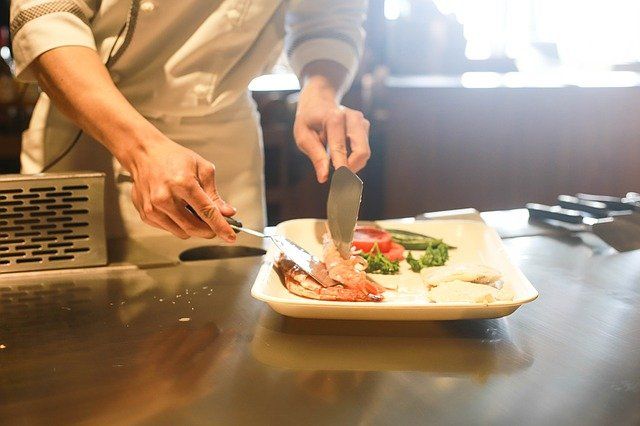Cooking as a culture and its individual disciplines

As a mother, girlfriend or roommate - of course this applies regardless of gender - you hear them again and again. The question: "What are you cooking today?" Now you can of course answer flippantly and say "food", you can of course also describe what you intend to conjure up or you answer honestly and say "water" first.
After all, the activity "cooking" ultimately only describes the heating of a liquid (usually water) to boiling point. But commonly "cooking" is no longer considered only in the physical sense, but describes a lot more activities...
Cooking as a culture
People have always cooked. Whether it is cooking in the true sense of the word or preparing the ingredients, baking, blanching, cooking, grilling, steaming... the list goes on and on. It is even assumed that cooking in itself played an important role in the lives of our ancestors even before the actual use of fire. Proof of this were various tools that were found in Kenya. These are even 1.5 million years old.

Nowadays, cooking together is often seen as an intimate (not necessarily only in the sexual sense) activity. One gets to know oneself and the other(s) and also learns about their tastes and especially about their patience. Cooking activities are therefore both on a date, and as a team-building measure are now fully in vogue.
The individual disciplines
If you now take a look at some of the basic preparation methods, you will soon realize that good preparation is the be-all and end-all. This includes not only putting together the ingredients, but also the necessary tools, such as pots, pans and sometimes casserole dishes.

If the preparation is now completed to the extent that it goes to the small cutting and real preparation, then you can do everything right or many things wrong there as well. Especially with vegetables, cooking ensures that many vitamins are lost, so that raw vegetables are one of the better alternatives. But now a short overview of some of the basic preparation methods:
- Baking
Baked goods usually come out of the oven (sometimes you can also use the microwave for small things). It is usually put into the oven in a liquid, sometimes viscous to kneadable state and comes out fluffy to solid. Of course, everything can be explained by chemical and physical processes in the individual molecules - but not here. - Blanching
If you leave your vegetables or of course everything else only briefly in steam or boiling water, this is called blanching. This is a good way to cook your vegetables, especially to preserve the vitamins. - Roast
Pan on, fat in, food in. Fry, fry! You could describe frying as simple as this. But here too, you have to be a little more careful, because burnt meat or vegetables neither taste good nor are they really healthy. The acrylamide developing thereby is not necessarily favorable for us humans.
- Frying
Who doesn't like his fries better from the deep fryer. When deep-frying, the coating layer of fat and sometimes dough is probably one of the main reasons. The most important thing here is to make sure that deep-fried meat is cooked thoroughly in advance, because the pure deep-frying process - i.e. baking in hot fat - does not take long enough to cook by itself. - Gratinate
In simple words: Pour a fine sauce over it and then gratinate it with lots of cheese. The food is cooked in the sauce, which usually starts to boil due to the long time it takes to cook. The melted and slightly crunchy cheese then rounds off the whole thing perfectly.
- Boiling
Last but not least the actual boiling. The cooking in a boiling liquid. The resulting heat and the molecular components of water and the food to be cooked ensure that the food is soaked up with water or changes its own internal structure to such an extent that it is edible for us.
Of course, these were not yet all the ways of preparation that one knows or should know. But for now this should be enough.
Bon appetite!